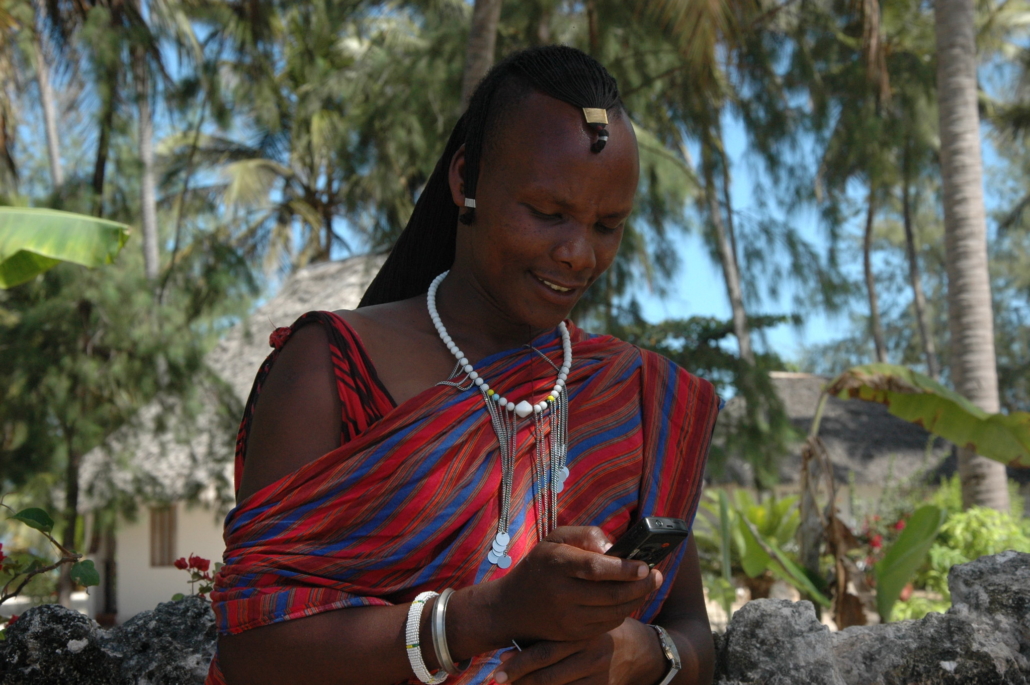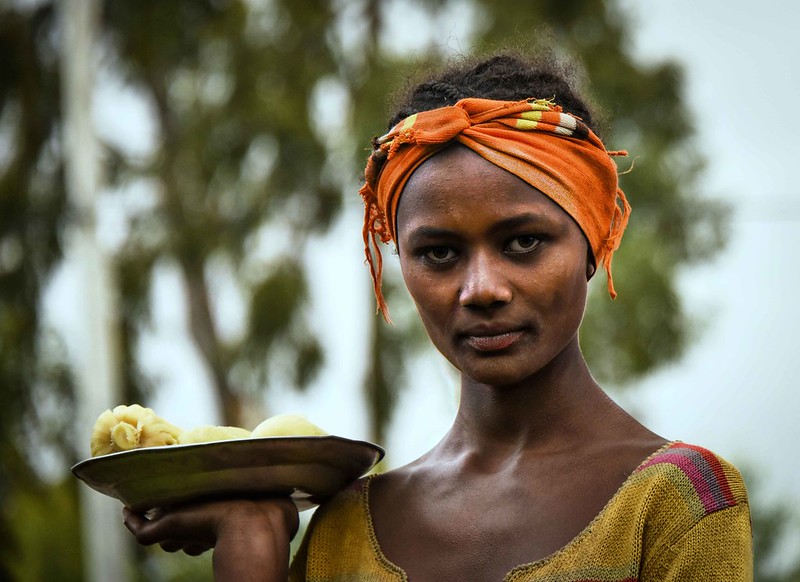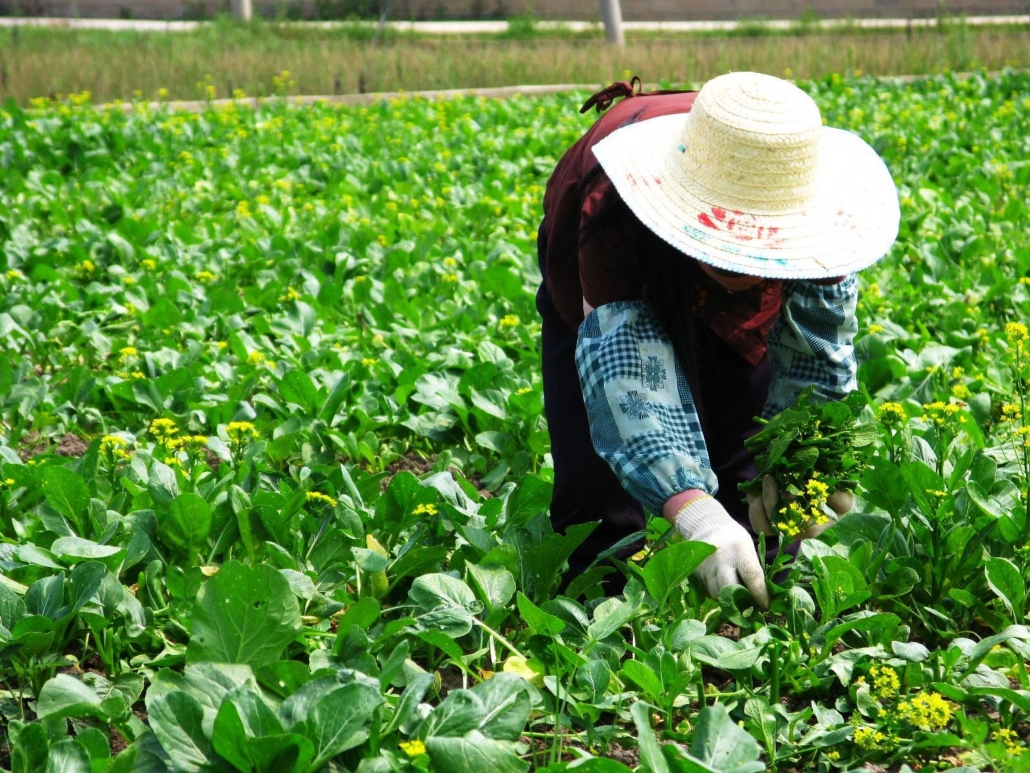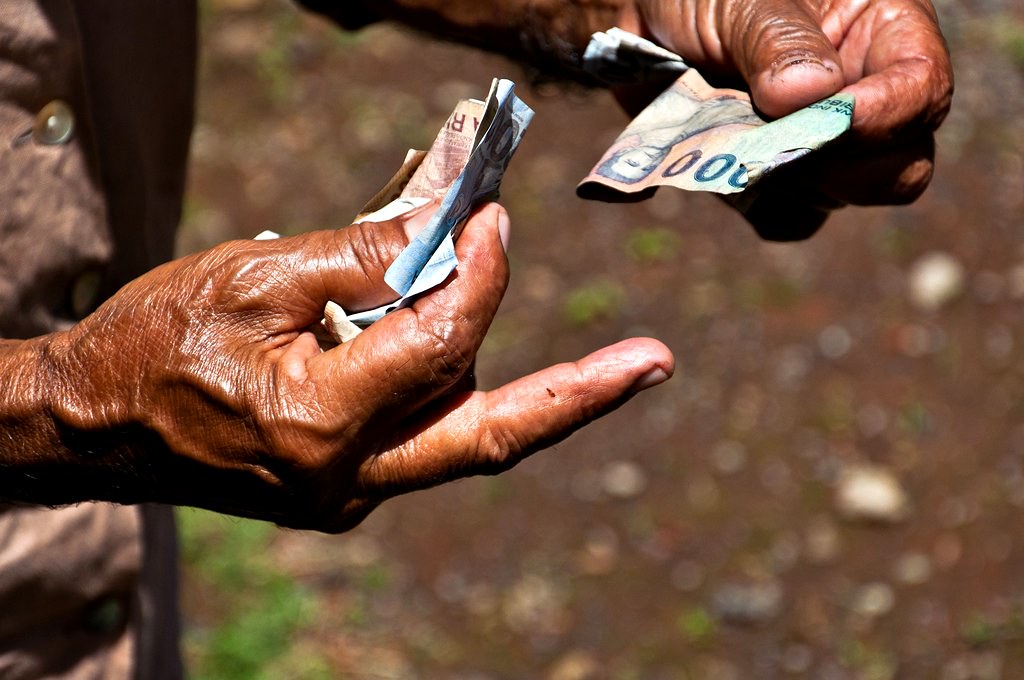
As the world’s digital economy expands at an exponential rate, it continues to be a vital component in raising the world’s impoverished nations and people out of poverty. By the end of the decade, 70% of new value in the global economy will transpire from digitally-enabled businesses. There is a great opportunity for impoverished and developing countries to boost their own economies and raise their people out of poverty by having access to these emergent digital markets.
However, Africa has been lagging behind in its digital economic growth. That is why Visa, a large multinational financial services corporation based in the United States, has pledged to invest $1 billion in Africa’s digital economy by 2027, helping create opportunities for more Africans to engage in the digital market, as well as have access to safe, reliable financial services and technologies.
Identifying the Problem
The growth of Africa’s digital economy has been stunted and uneven. As of 2015, almost 500 million adults in Africa or nearly 40% of Africa’s total population lack access to formal financial services including banking services and access to digital purchase platforms. Compounding this issue is the fact that things like digital payment methods are not readily available. More than 40 million merchants (i.e, stores, vendors, etc.) in Africa do not accept digital payments and less than 50% of the entire adult population have made or received digital payments of any sort as of December 2022.
Digital economic inequality is not only present when comparing Africa to developed nations, but also within its own borders as well. For example, in Central Africa, only 11% of adults have a bank account, compared to 51% in the far more developed region of South Africa. This stark divide is especially present in access to financial technologies. For example, while there are 50 ATMs per 100,000 individuals in South Africa, there are only 11 per 100,000 individuals in North Africa and less than five per 100,000 individuals in all other African sub-regions.
Visa’s Pledge
This lack of access to financial resources and technologies, especially in the global digital market, is a large issue facing the impoverished populations of Africa. It is not insurmountable, however. Visa believes that Africa can overcome its issues, which is why the company has pledged to invest $1 billion in Africa by 2027 to accelerate the growth of the continent’s digital economy. Visa, one of the largest financial companies in the world, has established a plan to upscale the company’s African operations on all fronts, including the deployment of new technologies and providing opportunities to educate locals in digital economics.
Over the next five years, Visa will establish local operations for the first time in several impoverished African countries, including the Democratic Republic of Congo (DRC), Ethiopia and Sudan. Part of this growth involves the implementation of new technologies that make it easier for both consumers and merchants to make digital payments, like Tap to Phone, a technology that allows people to make purchases with a simple tap on one’s smartphone. Such innovative solutions will not only encourage more consumers and vendors to make digital payments but will also make it easier and safer for them to do so.
Visa has also pledged to invest in education and empowerment for those especially struggling to enter the digital economy. For example, the company has teamed up with She’s Next, a global advocacy program for women-owned small businesses, which brings funding, mentoring and networking opportunities to female entrepreneurs across sub-Saharan Africa. Visa’s plan to increase financial literacy also focuses on crossing language barriers; for example, it is working on the first-ever Arabic version of its financial education program, Practical Money Skills.
Visa’s Pledge to Develop Africa’s Digital Economy
There is still a long way to go to connect Africa’s impoverished people with the world’s digital economy. However, thanks to the work of Visa and other organizations, and to increasing awareness of their need, there will be great progress in accelerating Africa’s entrance into the global digital economy.
– Elijah Beglyakov
Photo: Flickr




 Preceding the 2016 Rio Olympic Games, the
Preceding the 2016 Rio Olympic Games, the 